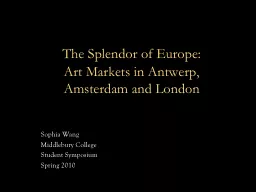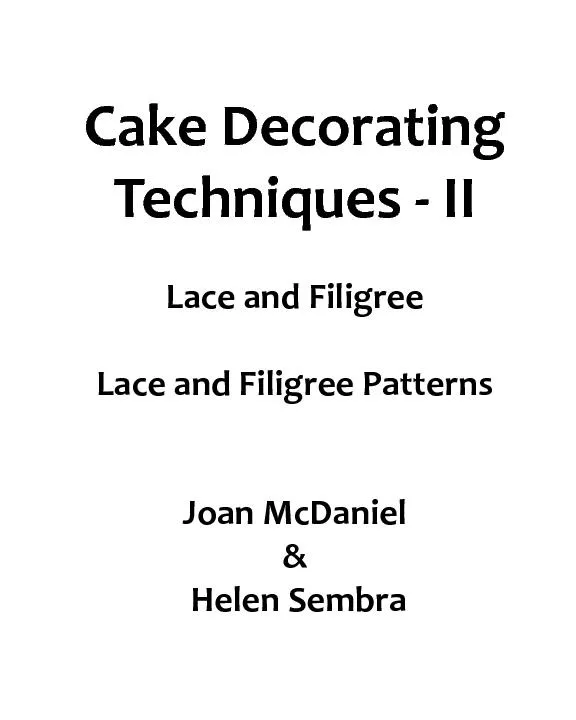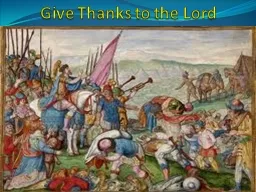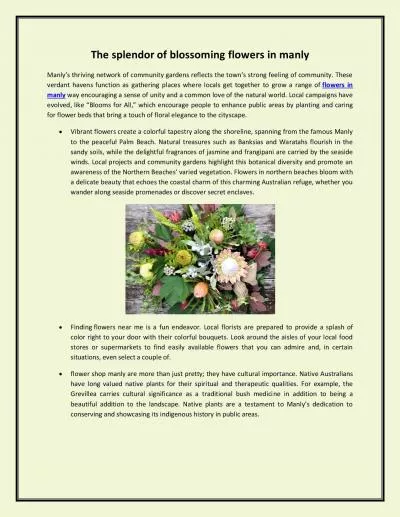PPT-The Splendor of
Author : liane-varnes | Published Date : 2015-12-01
Europe Art Markets in Antwerp Amsterdam and London Sophia Wang Middlebury College Student Symposium Spring 2010 Then and Now What Constitutes an Art Market Work
Presentation Embed Code
Download Presentation
Download Presentation The PPT/PDF document "The Splendor of" is the property of its rightful owner. Permission is granted to download and print the materials on this website for personal, non-commercial use only, and to display it on your personal computer provided you do not modify the materials and that you retain all copyright notices contained in the materials. By downloading content from our website, you accept the terms of this agreement.
The Splendor of: Transcript
Download Rules Of Document
"The Splendor of"The content belongs to its owner. You may download and print it for personal use, without modification, and keep all copyright notices. By downloading, you agree to these terms.
Related Documents














